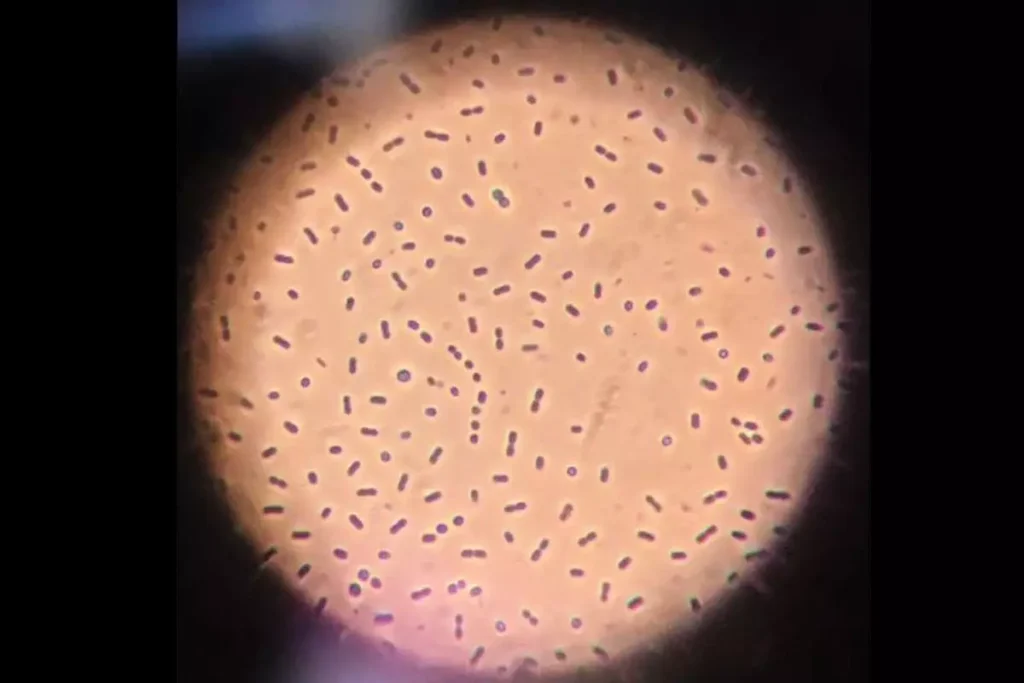Indian scientists have recently isolated and described India’s first indigenous methanotrophs, including a novel genus and species named Methylocucumis oryzae.
- The name “methane-eating cucumbers” was given due to the bacterium’s unique oval, elongated shape.
About Methylocucumis oryzae:
- Size and Shape: This methanotroph is larger than most bacteria, comparable in size to small yeast (3-6 µm).
- Thermal Tolerance: It is strictly mesophilic, growing optimally below 37°C, unlike other methanotrophs that can tolerate higher temperatures.
- Colony Appearance: Forms light pale pink colonies and has a genome indicative of a carotenoid pathway.
About Methanotrophs (methane-utilizing bacteria):
- Theyare microorganisms that oxidize methane to build their biomass.
- Habitat: Wetlands, rice fields, ponds, and other water bodies.
- Biofiltering: They can oxidize methane produced in anaerobic environments and atmospheric methane in soils with oxygen.
- Role: Natural methane mitigation agents, crucial for reducing methane concentrations in soil and atmosphere, which helps tackle global warming.
Significance of the discovery:
- Methane, a major greenhouse gas with 26 times the global warming potential of carbon dioxide, is emitted from sources like wetlands, ruminants, rice fields, and landfills.
- Methanotrophs, or methane-oxidizing bacteria, play a crucial role in mitigating methane by oxidizing it and converting it into carbon dioxide and water.
Ref: Source
| UPSC IAS Preparation Resources | |
| Current Affairs Analysis | Topperspedia |
| GS Shots | Simply Explained |
| Daily Flash Cards | Daily Quiz |
Frequently Asked Question:
What are methanotrophs?
Methanotrophs are microorganisms that can oxidize methane to build their biomass.
What is unique about Methylocucumis oryzae’s shape?
It is larger than most bacteria, comparable in size to small yeast.
Where can methanotrophs be found?
They are commonly found in wetlands, rice fields, ponds, and other water bodies.
What is the thermal tolerance of Methylocucumis oryzae?
It is strictly mesophilic, growing optimally below 37°C.
How do methanotrophs contribute to the environment?
They play a crucial role in biofiltering by oxidizing methane produced in anaerobic environments and atmospheric methane in soils with oxygen.




